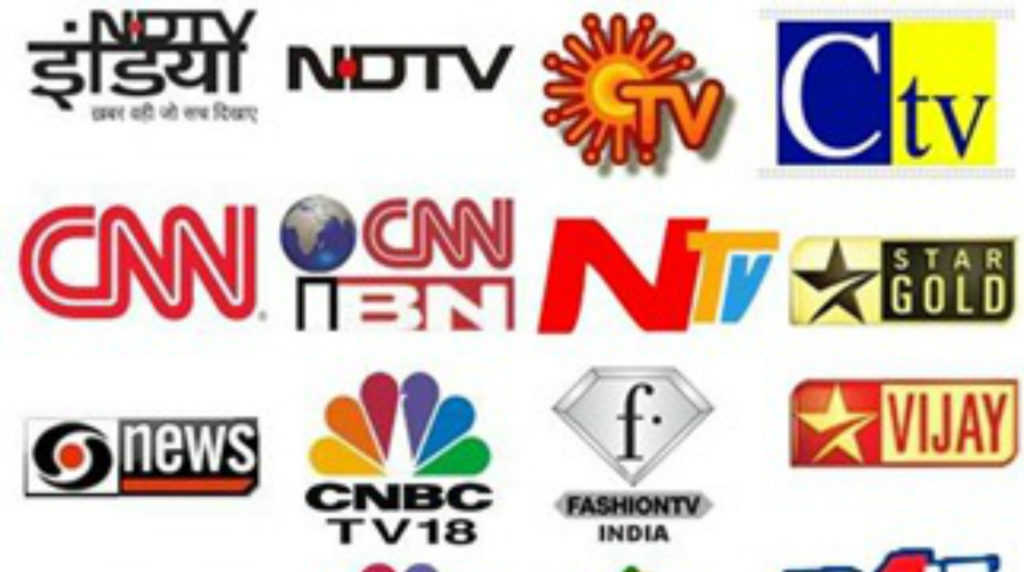Explainer: Everything you need to know about TRAI’s new Tariff orders on DTH & Cable TV

From 01 February 2019, TRAI introduced a new pricing model for DTH & Cable TV. TRAI has now made further amendments to these rules that are bound to reduce the overall price a consumer pays for a bouquet of channels. Here is everything you should know about the new amendments.
The Telecom Regulatory Authority of India (TRAI) recently issued amendments to the ‘The Telecommunication (Broadcasting And Cable) Services (Eighth) (Addressable Systems) Tariff Order, 2017’, or commonly known as the tariff orders for DTH & Cable TV. Factly’s detailed explainer on the old rules is here.
These amendments introduce significant changes in the content and pricing of bouquet and a-la-carte channels, alongside others. Here is a detailed explainer on the changes and the benefits to the consumer because of the changes.
Introduction of new definitions
The current amendment includes definitions for “long term subscription” and “multi-TV home”. A subscription for a duration of 6 months or more, for which an advance payment has been made, will be recognized as a long-term subscription. A household having more than one TV connection or set-top box in the name of one person will be recognized as a multi-TV home.
Additionally, a provision has been introduced wherein every distributor shall allow distinct choice of channels and bouquets of channels to each TV connection or set-top box in a multi-TV home. It is also permissible for a distributor to offer long term subscriptions and declare respective network capacity fee, distributor retail price and duration of such subscriptions.
New slabs for ‘Network Capacity Fee’
The slabs (number of channels in each slab) have undergone changes in the current amendment.
New pricing model for Bouquets
With respect to a bouquet, major changes have been introduced in the content and pricing model.
Case of a Bouquet – Before and After the current amendment
To understand this better, let’s take a case in point of a bouquet of 5 channels and understand the benefit to the consumer.
Before the current amendment, the bouquet would have the following conditions.
- Price of any channel must not exceed Rs. 19
- The bouquet MRP cannot be less than Rs. 42.5 – because the bouquet MRP cannot be less than 85% of the sum of a la carte channel prices.
Now after the amendment, the same bouquet will have to undergo a number of changes.
- All channel prices must not exceed Rs.12. Hence, channel 1, priced at Rs. 15 cannot be part of the bouquet and hence the price has to be reduced to Rs. 12 or less if it has to be a part of the bouquet. The other option is to replace this channel with another channel called (called Channel 1* for the purpose of illustration)
- The bouquet MRP, in this case, has to be more than Rs. 31.3 – because the sum of a la carte channel prices, which is 47 in this case, cannot be more than 1.5 times the bouquet MRP.
In the above illustration, there is a benefit of more than Rs. 10 or 25% to the consumer. Though the actual quantum of benefit will depend on the consumer’s choice of bouquet, every consumer choosing a bouquet is bound benefit from the new tariff rules.
Extended guidelines for a la carte channels
With respect to a la carte channels, there has been an addition in the pricing guidelines.
Consumers can use TRAI’s Channel Selector Application to estimate price
Furthermore, recently, TRAI has introduced a ‘Channel Selector Application’ that offers a platform for users to optimise their selection of TV channels. It enables the users to make an informed choice by indicating the total MRP of their selection based on the prices of channels across various DTH operators and also indicates the required network capacity fee for the given number of channels. Users can choose the from the variety of channels by specifying their DTH operator/local MSO operators, state, and language and quality preference.